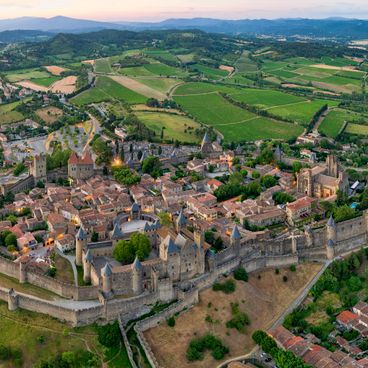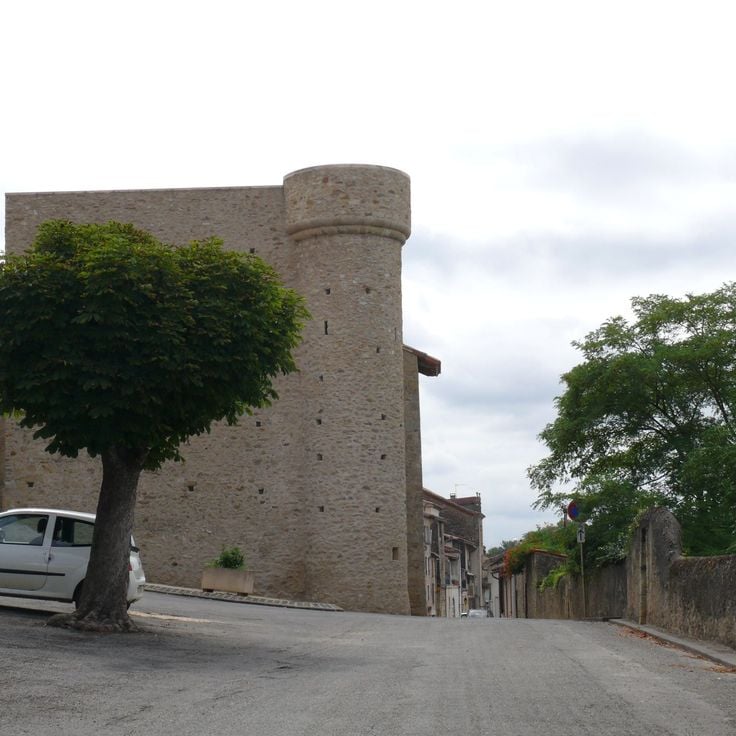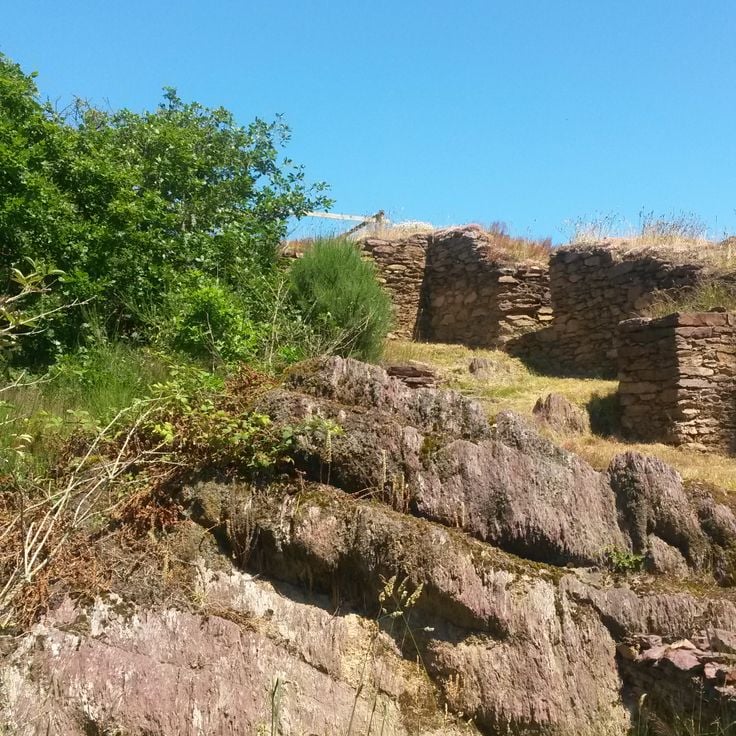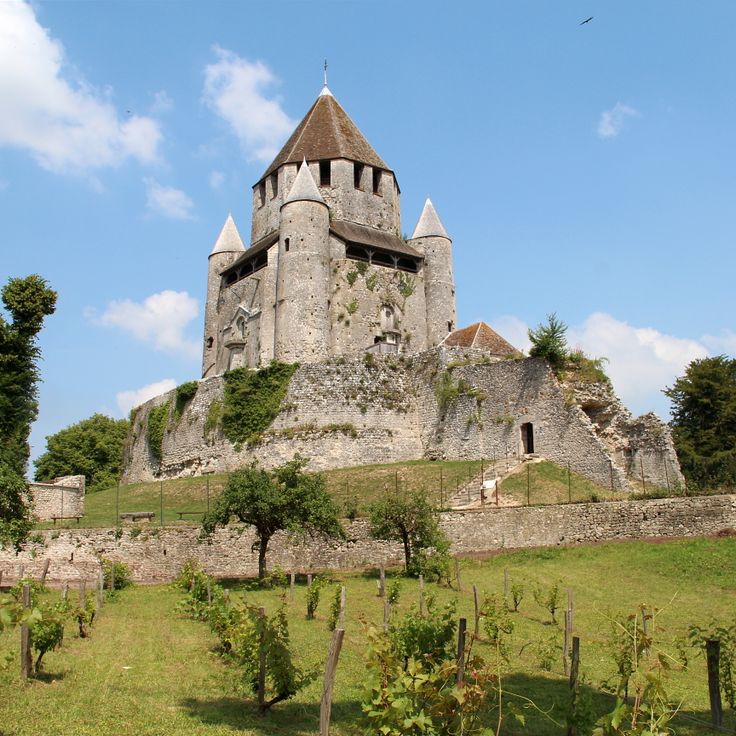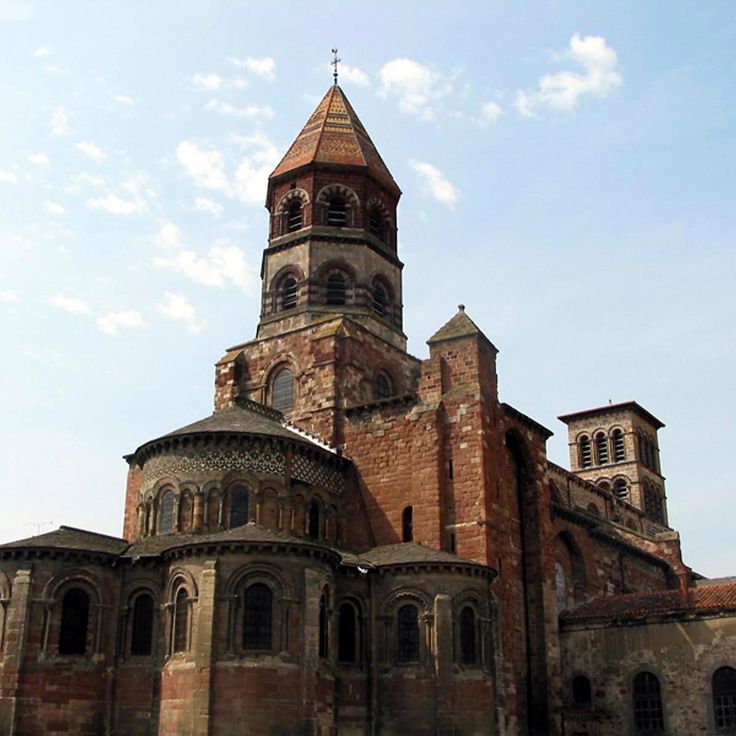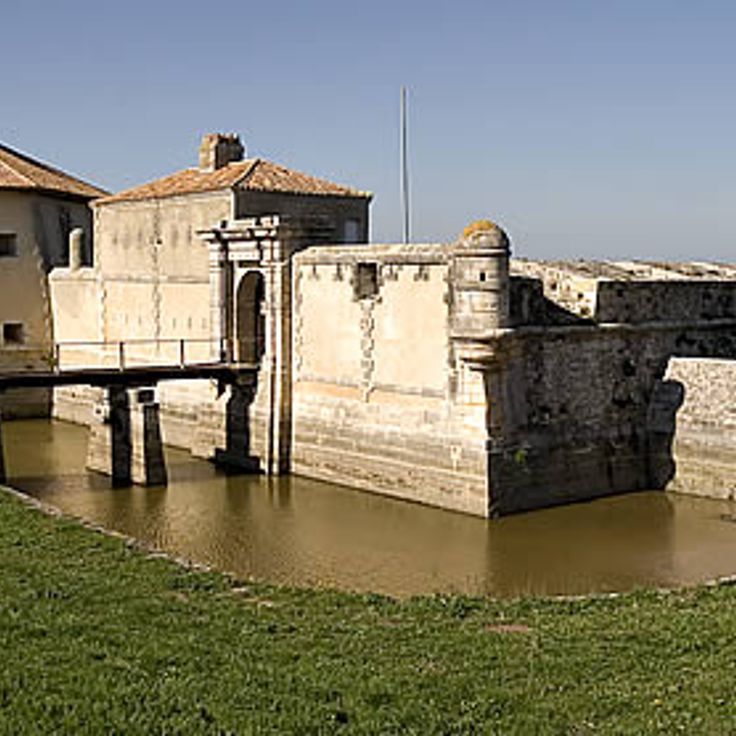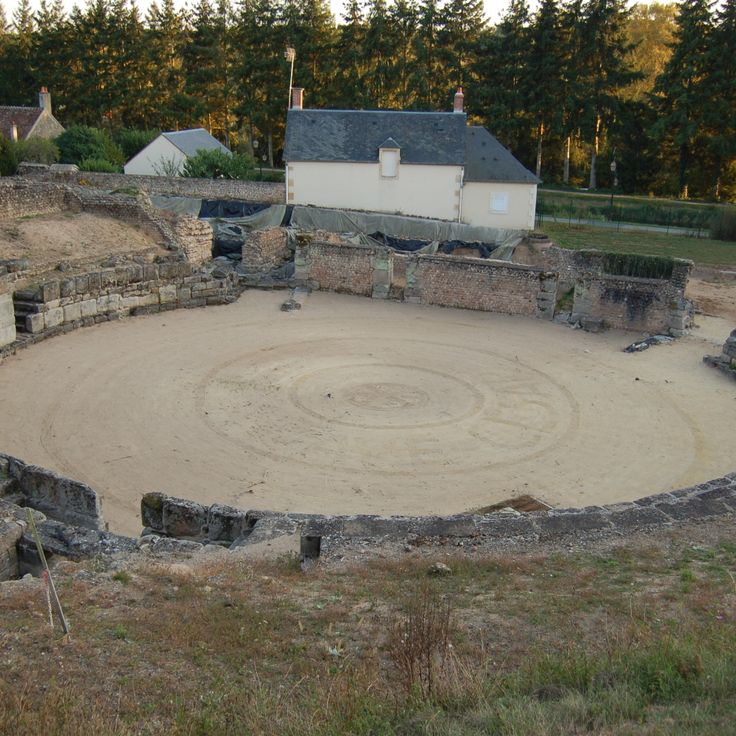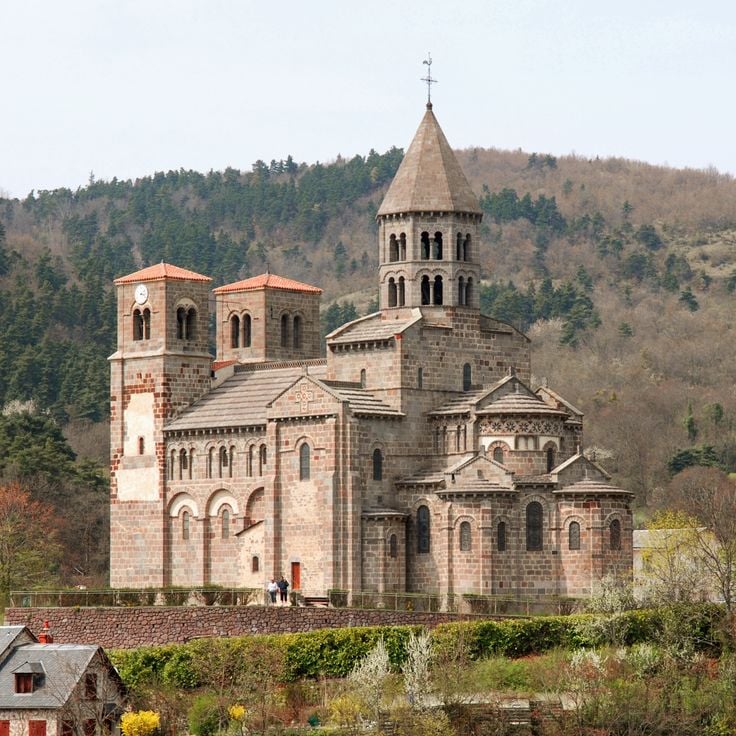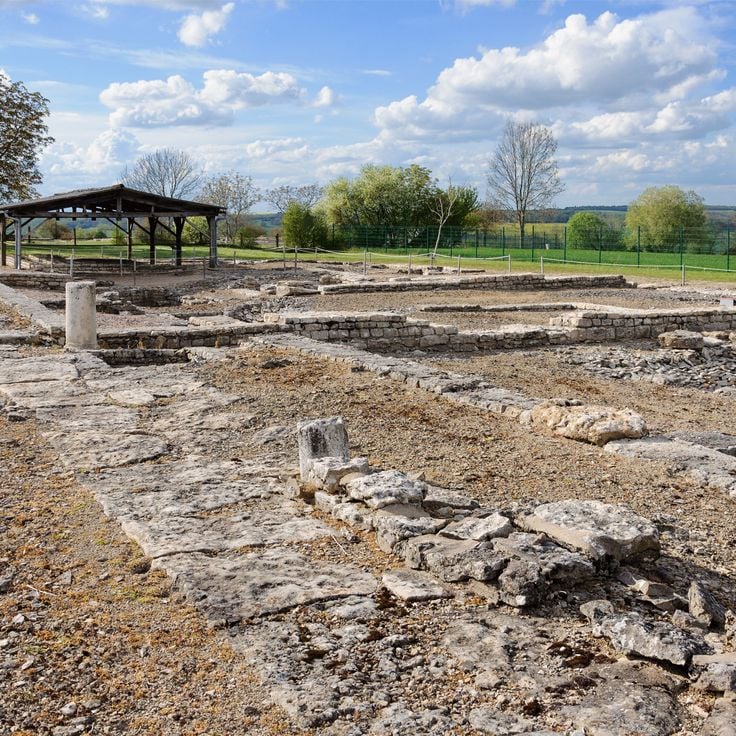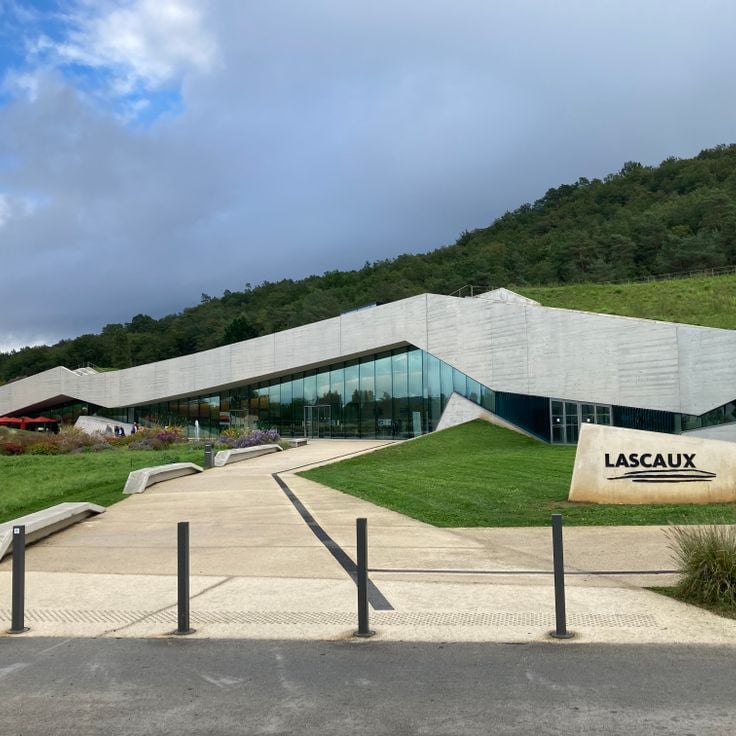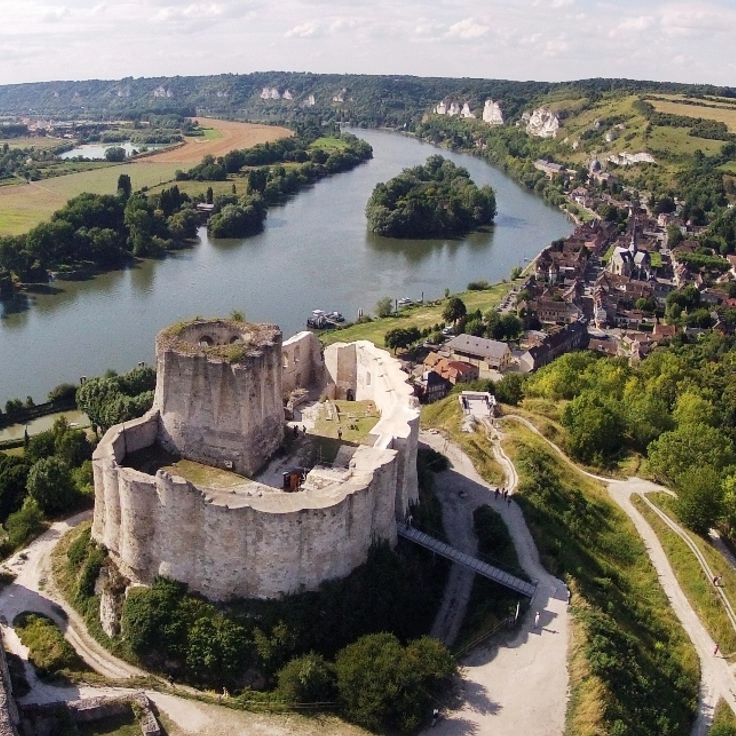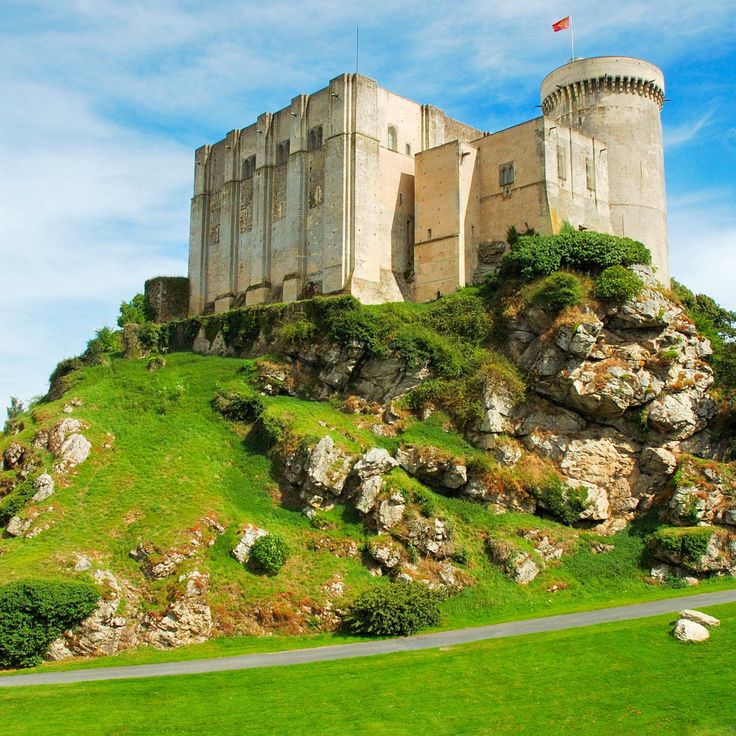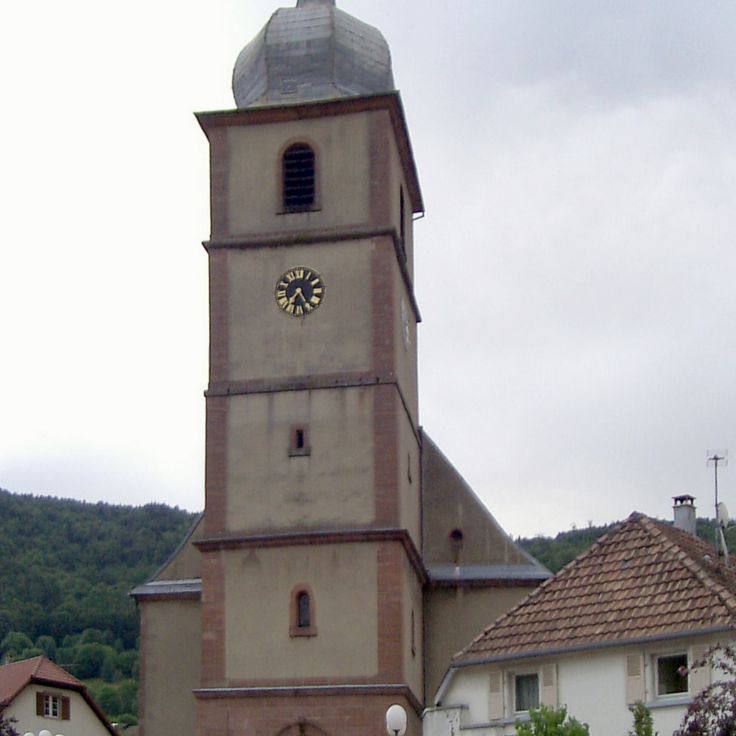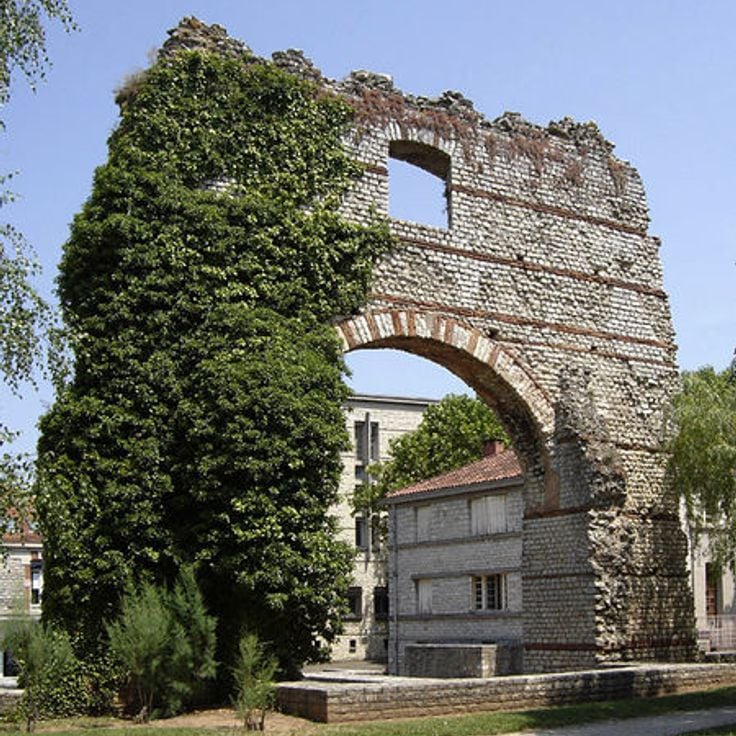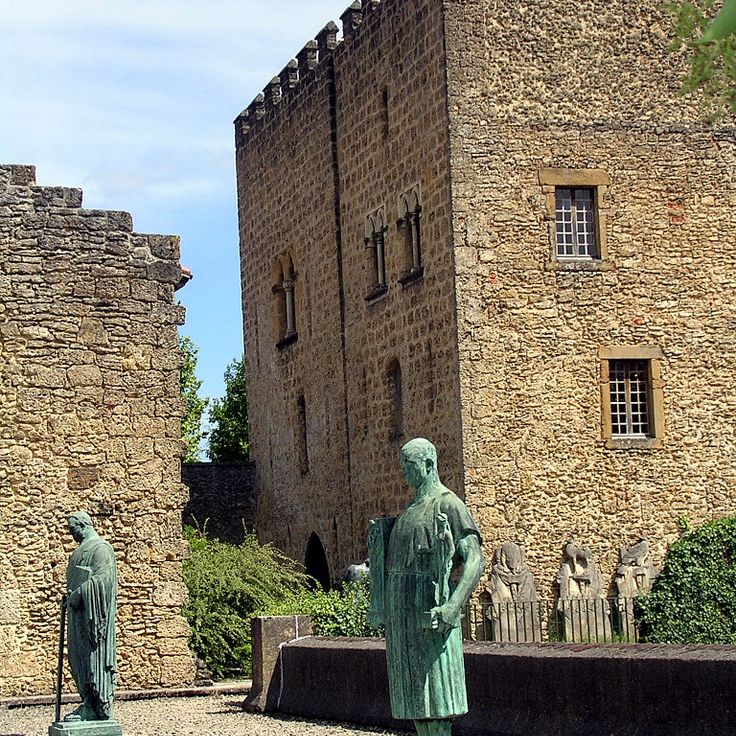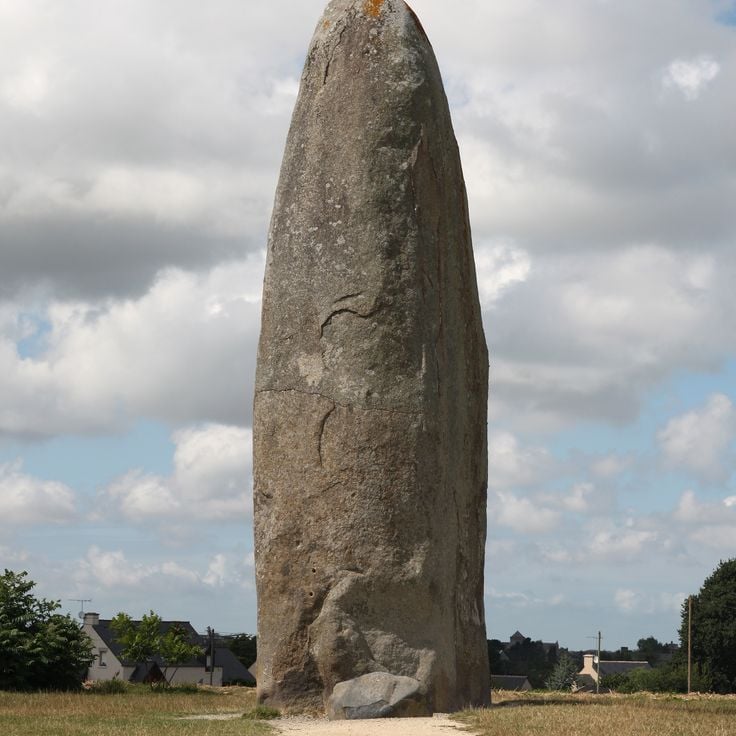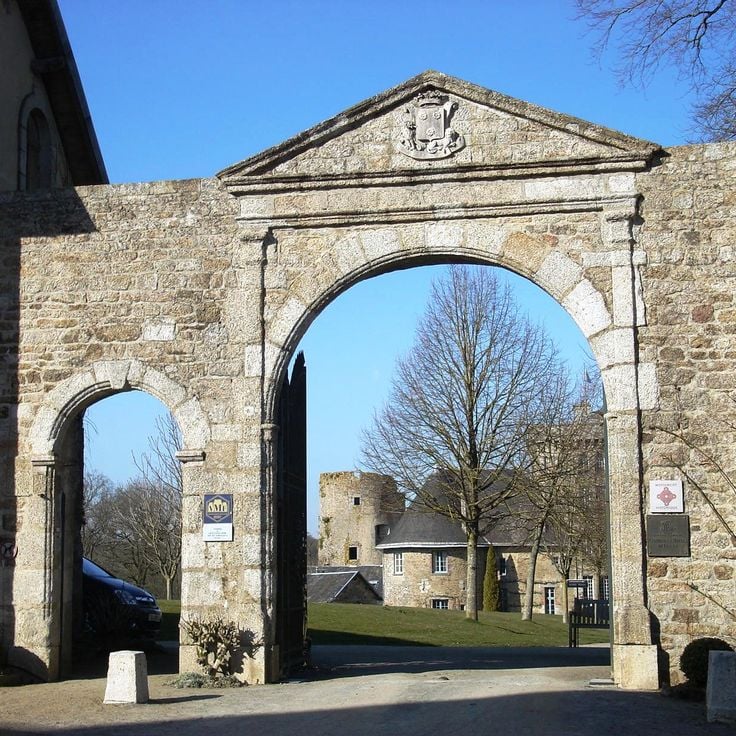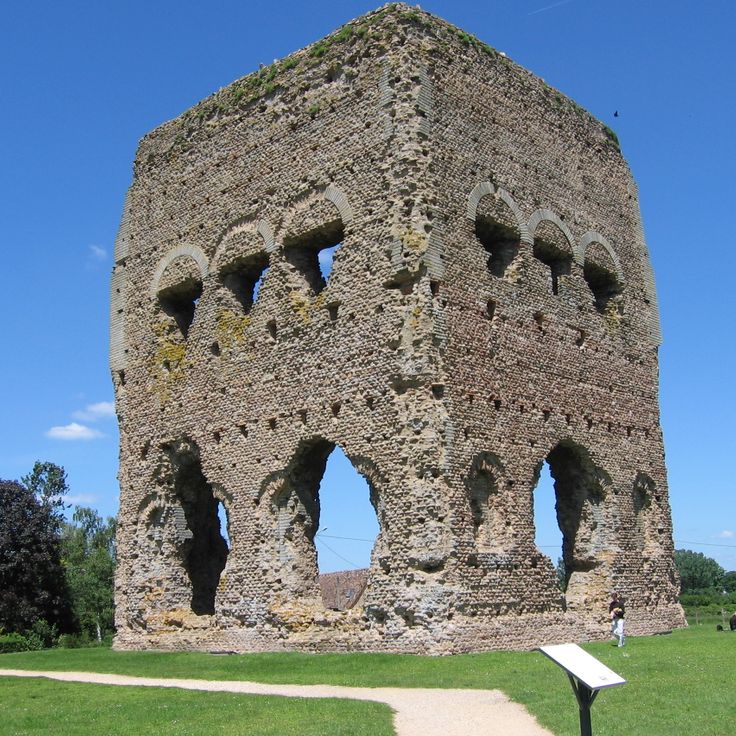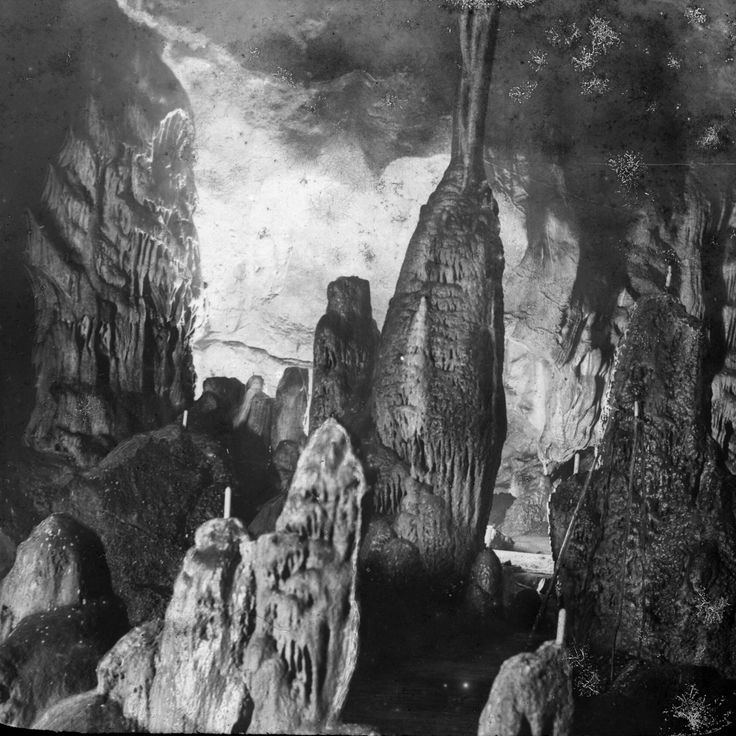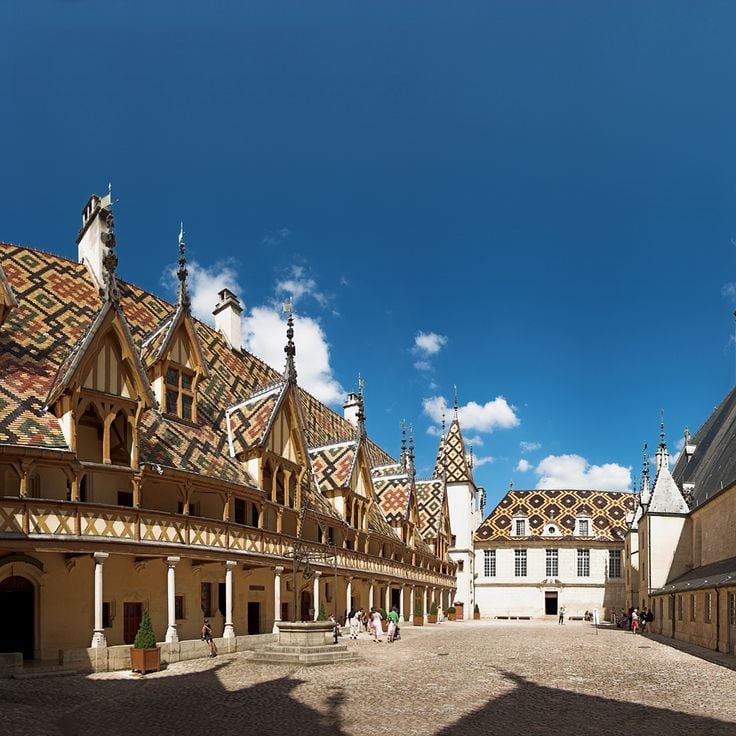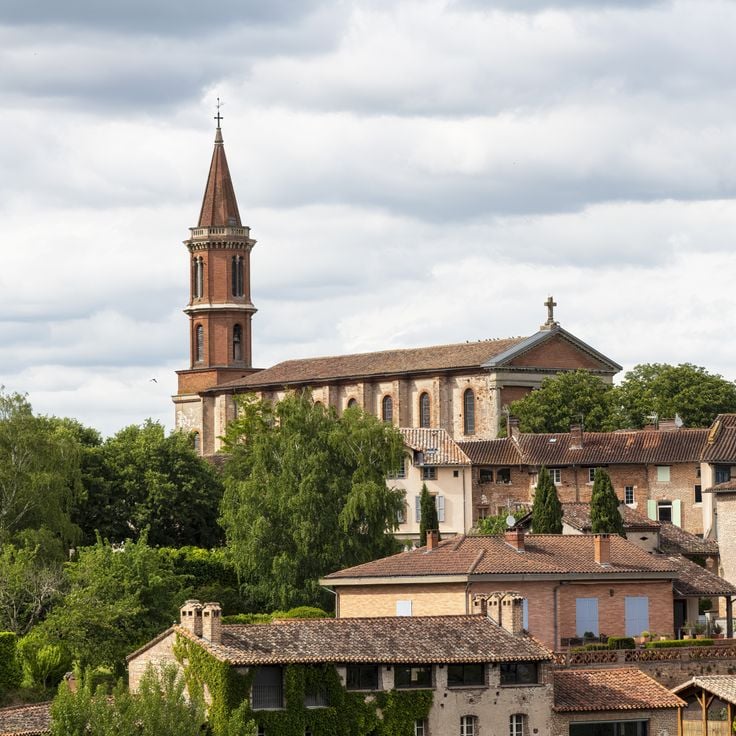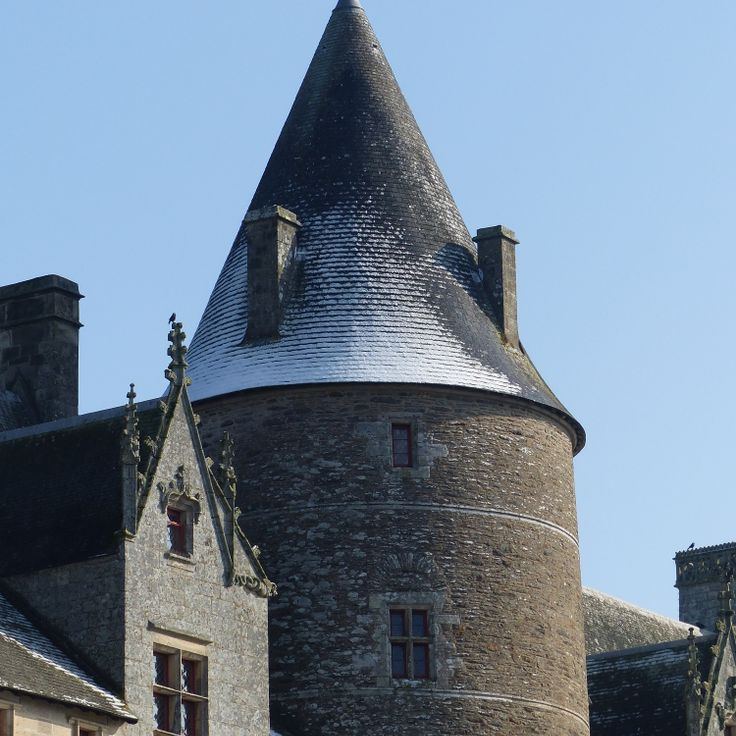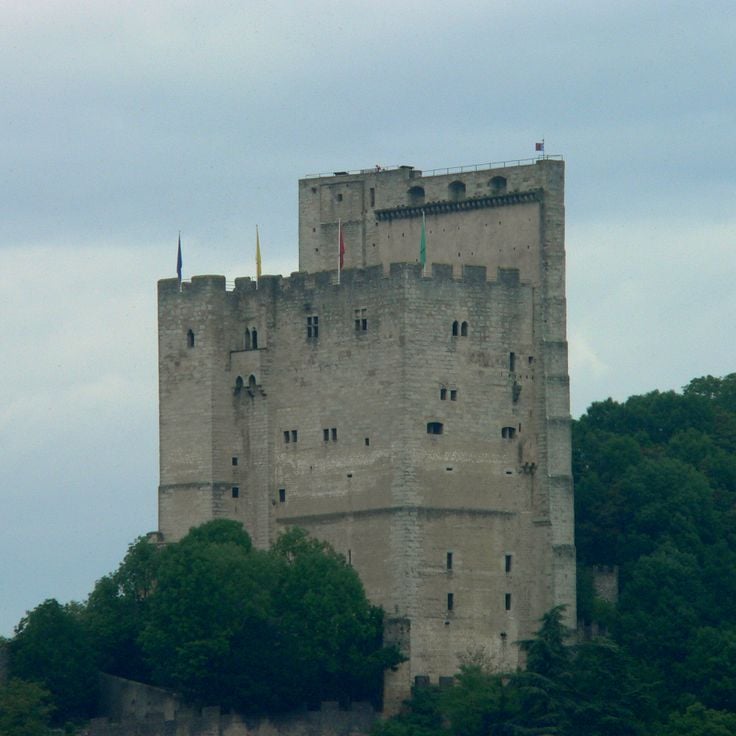This collection presents historical sites across France that lie away from the usual tourist routes. From medieval fortifications to Roman structures, these locations provide direct access to different periods of French history. The selection includes fortified towers, amphitheatres, Celtic temples and prehistoric sites. The sites featured include Roman theatres such as the one in Orange, medieval castles in Auvergne, Gallo-Roman temples in the Pyrenees and Palaeolithic caves in the Dordogne. Each location documents specific aspects of the past, whether through architectural remains, cave paintings or archaeological finds. These sites allow visitors to explore French history from prehistory through the Roman occupation to the Middle Ages and Renaissance. The locations are spread across different regions and are often less crowded than the well-known monuments, allowing for quieter visits.
The Aurignac Tower was constructed in the 13th century atop a hill and formed a central part of the medieval fortifications of the town. This defensive structure monitored the surrounding valleys and provided protection for residents during feudal conflicts. The tower architecture displays typical features of regional military construction with thick stone walls and strategically positioned openings. The site offers an overview of the historical topography of the Comminges region.
The Château de Boutavent is a medieval fortress from the 11th century built on a hill in Brittany. This former stone defensive structure belonged to the lordship of Iffendic and played an important role in regional conflicts during the Middle Ages. Today, only the foundations of the defensive walls and towers remain, providing evidence of the original structure. The site offers insight into the military architecture of the period and is located away from typical tourist routes.
The Roman Tower rises in the center of the medieval town of Provins and has served as a bell tower since its construction in the 12th century. This square stone structure reaches a height of 42 meters and features four floors with vaulted rooms. The thick walls of local limestone demonstrate the military architecture of the period. From the upper platform, the tower provides views over the rooftops of the town and the surrounding plains of Champagne.
The Basilica of St Julien in Brioude stands as one of the most important Romanesque churches in the Auvergne region. Built during the 11th century, the structure features a western porch crafted from red sandstone and decorated with geometric patterns. The interior contains wall paintings from different periods depicting biblical scenes and representations of saints. The church includes a three-aisled nave with side chapels and an elevated choir above a crypt. The bell tower, with its octagonal construction, defines the skyline of Brioude.
Fort Lupin was built in the 17th century at the mouth of the Charente River to protect the region from enemy attacks. This military structure features underground passages that once concealed soldiers and ammunition, along with strategically positioned firing points overlooking the river. The construction displays typical characteristics of defensive architecture under Louis XIV. The fort documents the military importance of this coastal region during European conflicts of the 17th and 18th centuries.
This Roman theatre was constructed during the 2nd century AD within the Gallo-Roman settlement and stands near the banks of the Cher River. The structure features preserved limestone seating tiers carved into the natural hillside. The stage building retains portions of its original framework, with visible foundations and walls. Archaeological excavations have uncovered coins, pottery fragments, and tools from the period. The theatre accommodated approximately 5,000 spectators and served as a gathering place for local inhabitants during Roman occupation of the Berry region.
St-Nectaire Church was built in the 12th century on a volcanic rock formation and represents a notable example of Romanesque architecture in the Auvergne region. The building features 103 carved capitals depicting biblical scenes, saints, and medieval symbols. The choir houses a 12th-century polychrome wooden statue of the Madonna and a reliquary shrine dedicated to Saint Nectarius. The crypt beneath the nave preserves archaeological remains from the early Christian period.
The MuséoParc Alésia occupies the historical battlefield where Julius Caesar defeated the Gallic leader Vercingetorix in 52 BC. This archaeological park documents the decisive battle through two museums presenting Roman and Gallic perspectives. The visit includes excavations of the ancient oppidum, a monumental statue of Vercingetorix, and reconstructed fortifications that illustrate Caesar's military strategy.
The Vix Grave was discovered in 1953 at the foot of Mont Lassois and contains the remains of a Celtic princess from the 6th century BCE. The extraordinary burial treasure includes the Vix Krater, a Greek bronze vessel measuring 1.63 meters in height and weighing 208 kilograms, considered the largest surviving metal vessel from antiquity. The burial also contained a gold torc weighing 480 grams, Etruscan bronze vessels, Attic pottery, and jewelry that demonstrate the importance of the deceased and the extensive trade networks of Hallstatt period society. The finds are displayed at the museum in Châtillon-sur-Seine.
Lascaux IV is a complete replica of the prehistoric cave, opened in 2016 at the foot of the Lascaux hill. The facility displays more than 2000 paintings dating back approximately 20000 years. The reproduction was created using advanced digital technologies and allows visitors to discover the rock art while the original cave remains protected. The museum presents depictions of aurochs, horses, deer and abstract signs created by people of the Magdalenian period.
Château Gaillard stands on limestone cliffs above the Seine and was built in the late 12th century by Richard the Lionheart. The fortress demonstrates medieval military engineering with three concentric defensive walls, a polygonal keep and advanced fortification systems. The ruins document Plantagenet military architecture and provide views over the Seine valley and the town of Les Andelys.
Tarascon Castle stands on the banks of the Rhône River and was constructed in the 15th century by King René of Anjou. The fortress features 48-meter-high walls and four round corner towers that surround the structure. The rectangular layout encloses a large courtyard with two-story galleries. The royal apartments retain original painted ceilings and wooden paneling from the medieval period. From the rooftop terrace, visitors can see the town of Tarascon and the Provençal countryside extending toward the Alpilles mountains.
This medieval fortress from the 12th century was the birthplace of William the Conqueror, who later conquered England. The castle displays three successive donjons built between 1123 and 1207. The square keep and the round tower illustrate the evolution of Norman military architecture. The thick stone walls and strategic position on a rocky outcrop demonstrate medieval defense techniques. The château provides insights into the life of Norman dukes and their role in European history.
The Church of Saint-Amarin was built in the 19th century and houses a significant collection of medieval artworks. The building features historic stained glass windows from various periods along with religious sculptures. The architectural design follows the traditional principles of sacred church construction from this era. The art collection includes liturgical objects and sacred items that document the religious history of the region.
The Arc de Diane is a first-century Roman thermal complex located in Cahors. This ancient structure displays characteristic Roman architectural techniques with massive stone vaults and arches. The building served as part of a larger bathing complex that documents the Roman presence in the Quercy region. The preserved walls provide insight into the construction methods and social organization of Roman society in Gaul.
The Donjon Lacataye is a 14th-century medieval defensive tower located in the center of Mont-de-Marsan. This structure now houses a museum dedicated to the history of the Landes region. The collections include archaeological finds, local artworks, and historical objects that document life in the Landes from the Middle Ages to modern times. The tower was part of the former city fortifications and served as a strategic observation point over the Midou and Douze rivers.
This menhir rises 9.30 meters high in the Breton countryside south of Dol-de-Bretagne. The granite monolith from the Neolithic period is estimated to be around 5000 years old and ranks among the most imposing megaliths in France. The name Champ-Dolent means Field of Pain and is associated with several local legends about buried treasures or ancient battles. The monument stands isolated in a field and is freely accessible. The stone tapers towards the top and shows the processing marks left by its prehistoric builders.
Fort de Sainte-Agathe was built in the 11th century and served as a military outpost to protect the island of Porquerolles over the centuries. The fortification stands on elevated ground and provides panoramic views across the entire island and the Mediterranean Sea. The thick stone walls demonstrate medieval construction techniques and the strategic importance of this location. Today, the fort houses a museum that documents the history of the island and its defensive structures.
The Château de la Flocellière originated in the 11th century as a defensive tower and evolved through successive expansions into a residential castle. The site combines medieval fortification elements with living quarters added over the centuries. The structure documents the evolution of feudal architecture in the Vendée region and illustrates the transition from military to civilian functions. Today, visitors can observe the different construction phases and trace the historical development of this fortress in rural western France.
Veules-les-Roses sits along the Veules, a river measuring just 1.1 kilometers in length, considered one of the shortest in France. The village preserves several mills dating from medieval times that once shaped the local economy. Half-timbered houses from the 16th and 17th centuries line the narrow streets. The watermills processed grain and flax for the region. The village center combines rural architecture with proximity to the Norman Alabaster Coast.
This Roman temple from the second century stands on a hill on the western outskirts of Autun. The structure consists of four massive stone walls reaching a height of 24 meters, with two rectangular openings on each side. Built during the Gallo-Roman period when Autun was known as Augustodunum, an important city in Roman Gaul, the construction exemplifies the architectural techniques of that era. The exact function of the building remains debated among scholars, with some suggesting it was part of a larger sanctuary complex. The preserved walls display the typical Roman construction method using small stones and mortar that characterized buildings in this region during the imperial period.
Gargas Cave is located in the French Pyrenees and preserves an exceptional testimony of prehistoric art. Its walls display 231 hand stencils created approximately 27,000 years ago during the Gravettian period. These negative prints were made by applying pigments around hands placed against the rock surface. Most of these hands show incomplete fingers, a phenomenon that has long intrigued researchers. Beyond the hand prints, the cave contains representations of animals such as horses, bison, and mammoths, drawn with black manganese or red ochre.
The Musée Hôtel-Dieu is a former 15th-century hospital located in the center of Beaune. This medieval institution was founded in 1443 by Nicolas Rolin, Chancellor to the Duke of Burgundy. The building displays Flemish architecture with its distinctive multicolored glazed tile roof and now houses medical instruments, furniture, and artworks from various centuries. The great hall of the sick with its wooden vaulted ceiling and the historic pharmacy provide insight into medieval healthcare practices. The museum also presents the Last Judgment polyptych by Rogier van der Weyden from 1443.
The Château de Vayres stands on the right bank of the Dordogne River in Gironde, dating back to the 13th century. This medieval fortress was transformed into a residence over the centuries, combining defensive features with Renaissance architecture. The French gardens extend over several terraces and include a historic water feature system still in operation today. The estate also houses restored interiors with murals and furniture from different periods.
This medieval fortress rises on a hill above the town of Carcassonne and comprises 52 towers integrated into two concentric defensive walls. The inner fortification dates back to the Gallo-Roman period, while the outer rampart was built in the 13th century under King Louis IX. The citadel extends over three kilometers of walls and protected the strategic trade route between the Mediterranean and the Atlantic for centuries. In the 19th century, architect Eugène Viollet-le-Duc conducted extensive restoration work that gave the complex its current appearance.
This Romanesque church from the 12th century stands in the historic center of Albi and represents the religious architecture of the region during the Albigensian Crusades period. The building displays thick stone walls and a simple bell tower, characteristic of the southern French construction style of this era. The interior preserves its original structure with a single nave layout and a semicircular choir. The church served the Catholic community during a time of religious tensions between Catholics and Cathars.
Josselin Castle rises above the Oust River in Brittany, with origins dating back to the 11th century. The three massive granite towers were built in the 14th century as part of the medieval defensive structure. The facade facing the town displays remarkable Gothic architecture from the 15th century, featuring intricate stone carvings and ornate dormer windows. Inside, the castle houses a significant collection of historical dolls and toys spanning several centuries. The Rohan family has resided in the castle for over 500 years. The French garden and parkland extend along the riverbank, offering pathways through formal flowerbeds and trees that have stood for centuries.
This 12th-century defensive tower rises 52 meters above the town of Crest in the Drôme department. The fortification served for centuries as a defensive structure and later as a prison. Visitors can explore the various levels, including the former cells and guard rooms. From the top platform, there is an expansive view over the Drôme Valley and the surrounding mountain ranges. The thick stone walls and preserved architectural elements document the medieval construction techniques of the region.
Fort de l'Île Saint-Nicolas was built in the 16th century on one of the Glénan Islands to protect the Breton coast from enemy attacks. The fortification stands on the island of the same name, which forms part of this small archipelago off the southern coast of Brittany. The stone walls and defensive structures reflect Renaissance military architecture. The fort served for centuries as a watchpoint to control coastal waters. Today, visitors can explore the preserved ruins and understand the historical importance of this defensive structure.
Similar collections
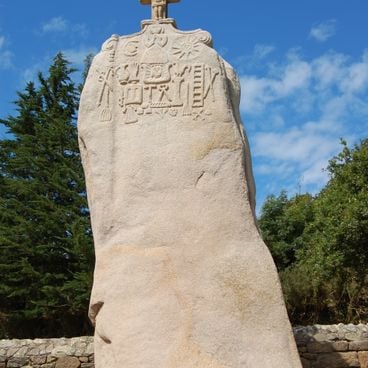
France of standing stones: journey through menhirs, dolmens, and alignments
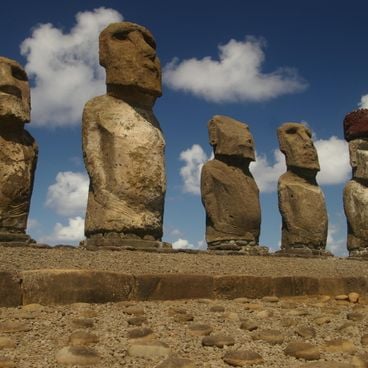
Ancient stone monuments: sacred sites, temples, and structures dating back thousands of years

The most beautiful historic villages of France: stones, alleys, and open-air stories
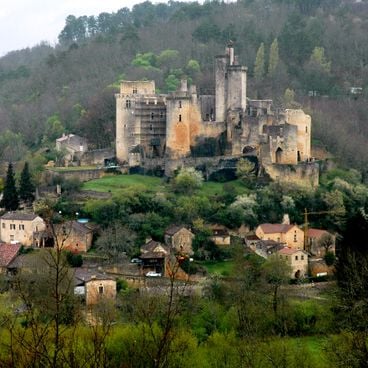
The most beautiful hidden spots in Nouvelle-Aquitaine
